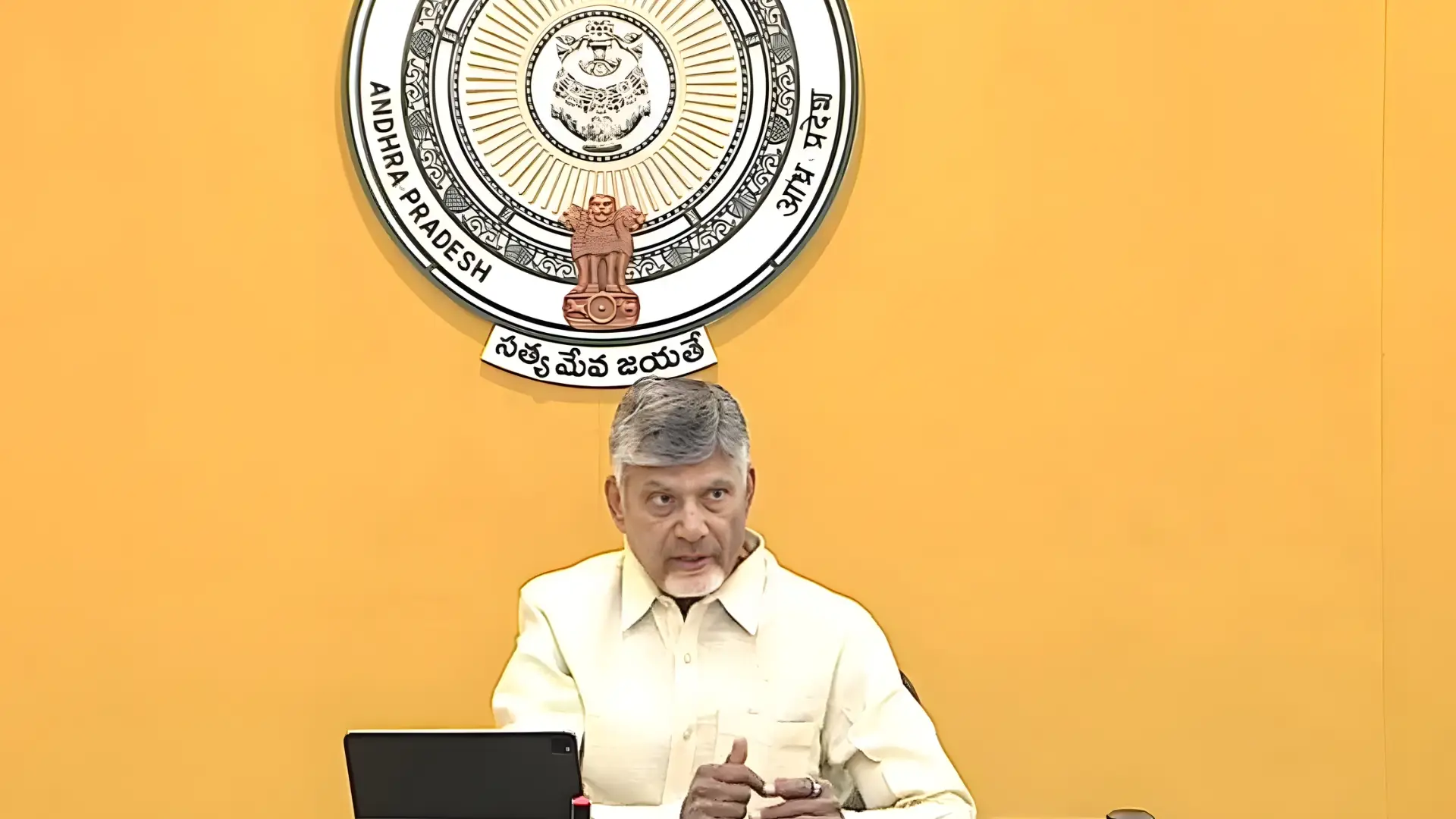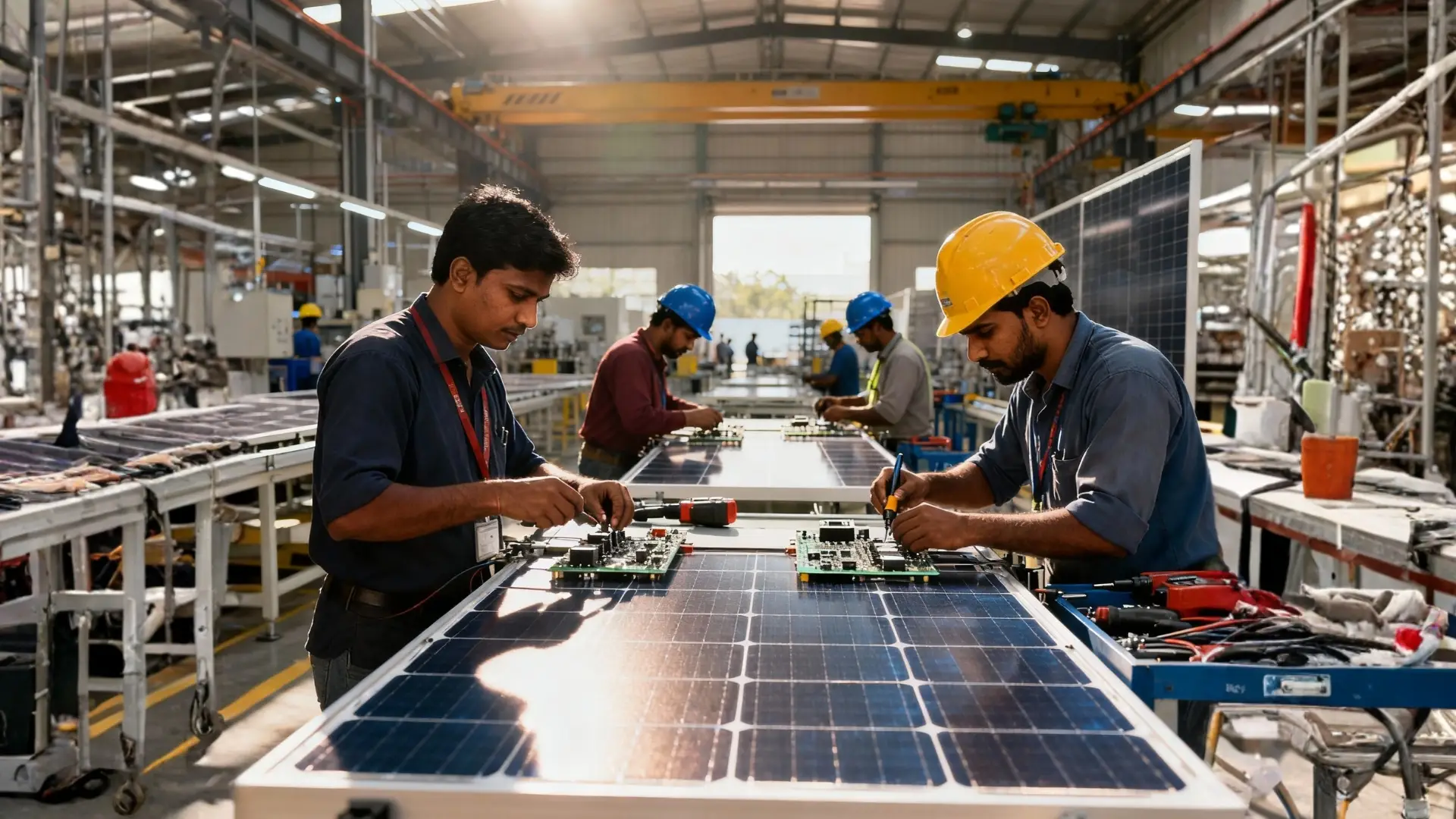Are you running a business and planning to explore influencer marketing? Or maybe you’re an aspiring entrepreneur or even an influencer yourself trying to understand how this whole game actually works. In the last few years, influencer marketing has become one of the most powerful and misunderstood tools in modern branding. From startups to global brands, everyone is betting on creators to drive awareness, trust, and sales. But while some campaigns go viral and change a brand’s fortune, most of them fail and barely get any traction.
Let’s break down what’s really happening in influencer marketing today and how it’s shaping businesses, what works, what doesn’t, and the untold side of brand collaborations for both brands and creators. Let’s dive into the insights and understand the whole picture. While we scroll through Instagram and YouTube, those simple scrolls have resulted in creating an industry worth ₹4,500 crore. Yes, what you read is correct.
According to the India Influencer Marketing Report 2025, the industry is expected to grow by 25% this year, reaching nearly ₹4,500 crore, up from ₹3,600 crore in 2024. This surge is not just driven by brands spending more but also because of how the creator economy has matured. Many traditional and digital-first agencies are now building dedicated influencer divisions, treating creators not as add-ons but as key partners in brand storytelling.
Interestingly, the same report reveals that 70% of brands cite trust and credibility as the top reasons for working with influencers. In an age where consumers scroll past ads but pause for authenticity, this makes perfect sense. People might not trust logos, but they trust faces. That’s the reason why brands are preferring to do influencer marketing.
Let’s dive deeper into the report. The GOAT India Influencer Marketing Report 2025 breaks down how deeply influencers are embedded into the consumer decision-making process right from awareness to the final purchase.
First is awareness. A massive 63% of total product discovery across all categories is now driven by influencers. That means when people come across a new skincare brand, a tech gadget, or even a finance app, chances are they first heard about it through an influencer. The report also highlights that this trend is most prominent among Gen Z (63%) and urban metros (60%). Influencers have essentially become the top-of-funnel marketers for the modern era.
Now people are aware of it. What’s next? Consideration. When consumers are evaluating whether to buy, 63% use influencer content as a trusted source of product information. That’s a big deal because it shows that creators aren’t just entertainers anymore; they’ve become product educators.
Now, people have awareness and are also considering the product. But what’s more important is to take action. Here’s where influence turns into intent. Nearly 69% of consumers say that influencer recommendations directly impact their purchase decisions. This emotional bridge built on trust and relatability makes influencers more effective than traditional ads. The effect is strongest in metros (74%), where consumers are surrounded by multiple brand choices and rely on influencers to simplify them. And finally, 60% of users say they are likely to click on a promo link or code shared by influencers. Now that’s how influencers are driving the brand sales and revenues.
Now, why do most influencer campaigns still fail? This is not based on a report but on real-case scenarios. The answer lies in the difference between what’s happening and what’s working. Yes, brands are spending more. Yes, influencers are everywhere. But influence and impact are not the same thing.
Well, one of the common points for failure is because brands pick influencers based on follow count. When the influencer’s audience doesn’t align with the product, the campaign instantly loses authenticity. Then, what most people do wrong is they did a promotion with one person, and it didn’t work. They won’t do it again. A single reel or post doesn’t build credibility. Yet, many brands treat influencer marketing like a “one-time promotion” rather than a relationship.
For the collaboration to work, they need to work long-term like a partner, and influencers genuinely use and talk about the product over months. Influencer marketing only works when the creator’s storytelling feels natural and fits into their content style.
And the most common pitfall is views. Don’t just collaborate with the influencer because he or she is getting millions of views. Go through their comments, reactions, and performance metrics, and then decide.
And at last, lack of creative freedom. Influence thrives on authenticity and when brands try to control every single frame, then there is a chance of failure. Brands need to trust the creator’s understanding of their audience. These are the most common reasons for the failure of influencer marketing.
And yes, influencers are everywhere; whom you are choosing to collaborate with is also very important. Because some reel went viral, he or she is not the right person. When a person starts doing promotions right after going viral, people ignore them, and that also impacts the influencer’s growth and the brand’s visibility, leading to a failed campaign. So, be very selective while doing it.
Also Read: How Veeba Foods Built a ₹1,000 Crore Sauce Empire?










